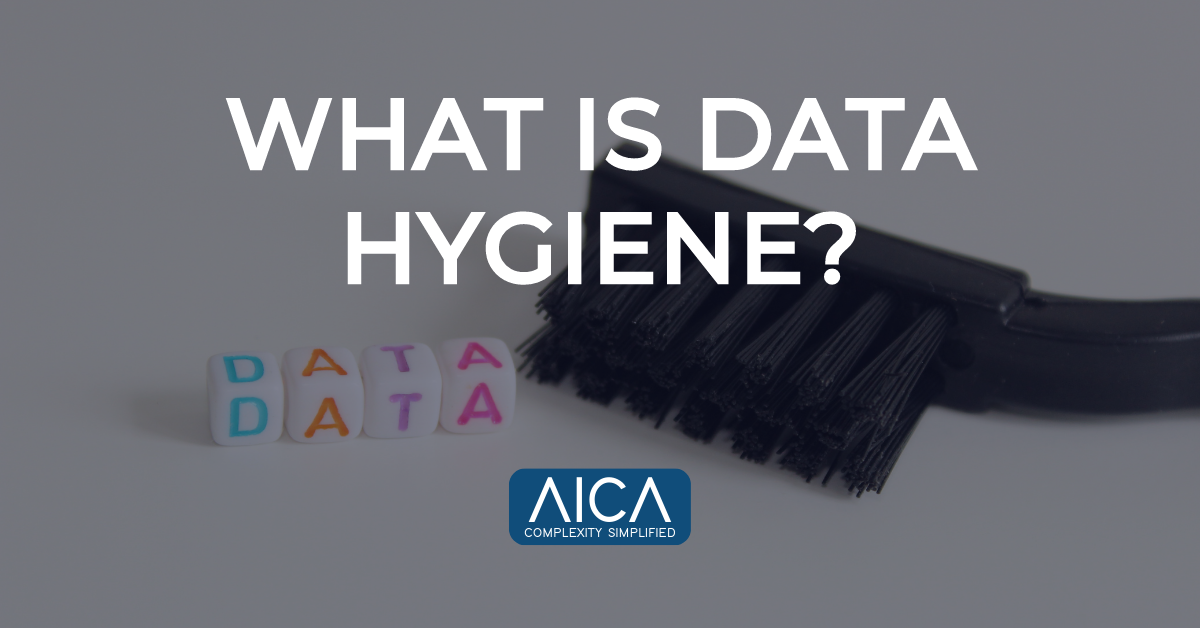Not all data is created equal and ensuring the accuracy and cleanliness of data is crucial for organisations to make informed choices and maintain a competitive edge. Just as we take care of our personal hygiene to keep ourselves healthy and presentable, data hygiene involves the process of removing dirty data from your working environment, be it in digital databases or hard copies.
Dirty data can manifest in various forms including duplicates, inaccuracies and outdated information. Such poor data quality can have severe consequences for businesses, leading to reduced productivity, increased costs, compliance issues, data loss, duplicate information and ultimately, customer dissatisfaction.
According to a report from Gartner, organisations that utilise poor data quality may incur losses of up to an average of $15 million per year.
To combat these challenges and ensure data cleanliness, organisations must adopt data hygiene best practices.
Here are five essential steps to consider:
Conduct an Audit
Before diving into the cleaning process, it is crucial to assess the quality of your data and gain insights into your company’s current state of data hygiene. This audit should encompass all data sources, including PIM systems, MDM, on-premise servers, and data stored in the cloud. Evaluate both internal and external data management systems to ensure that you collect only the necessary information. Avoid cluttering your product data pipeline with irrelevant data.
Data Classification
Based on the audit’s findings, classify your data into different categories to manage it effectively throughout its lifecycle. These categories may include business-critical data, data necessary for compliance and legal purposes, and unnecessary data that is redundant, trivial, or obsolete. This classification allows users to track data from creation to storage, sharing, archiving, and eventual destruction.
Implement Standardisation Rules
Standardisation rules play a crucial role in preventing dirty data from entering your system. Train your staff to use standard data formats wherever possible. This could involve employing international formats for phone numbers, adopting a consistent MM/DD/YYYY format for dates, creating a lookup table of common state abbreviations, and more. Enforce constraints to prevent the entry of irrelevant values, further minimising the potential for dirty data.
Provide Strict Data Usage Guidelines
Establish a robust data governance program that offers clear guidelines for managing data throughout its entire lifecycle. This includes creating new files, storing, sharing, and deleting data. Regularly update your data to ensure that vital information does not become outdated and lose its relevance.
Invest in Data Cleansing
To streamline the data cleansing process, invest in the right tools and protocols. Advanced data cleansing tools can automatically enrich, compare, and clean data, making the process more efficient. These systems use algorithms to detect anomalies and identify manual errors, such as duplicate and missing data, incorrect data values, and fields with values outside the set constraints.
In conclusion
Data hygiene is a vital aspect of modern business operations. By following these best practices and maintaining accurate, clean data, your organisation can avoid potential losses caused by dirty data. Embracing data hygiene not only safeguards businesses against errors and breaches but also paves the way for improved data-driven strategies and seamless customer experiences.

